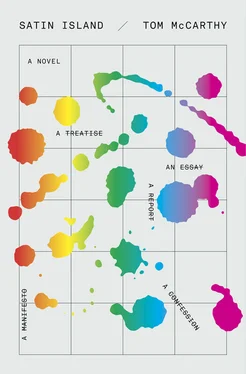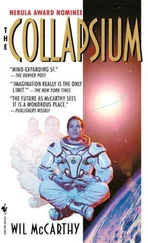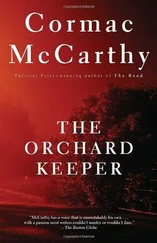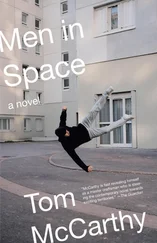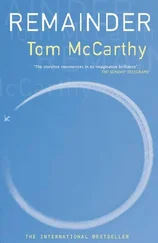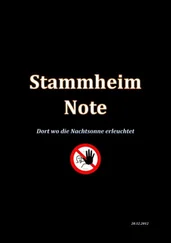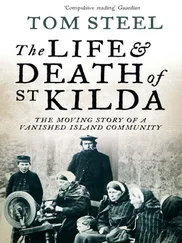3.6My colleague Daniel had his office next to mine down in the basement. From time to time, I’d poke my head in there to see what he was up to. He was a visual-culture guy. He’d trained as a film-maker, and turned out a couple of avant-garde shorts before Peyman had hired him. When I looked into his office on the Tuesday of that week, I found him sitting watching a film, projected onto his white wall. It showed, shot from above, a section of a city crammed with traffic. What city’s that? I asked him. It didn’t look like a British or a European one, or North American either: the colours were different, and the vehicles seemed more wild and battered. It’s Lagos, he said. I shot it with Peyman a few months back. President Goodluck Jonathan lent us his own personal helicopter to go up in. Lagos, said Daniel, has the most amazing traffic jams in the world. You mean the worst? I asked him. No, not necessarily, he said; I mean the most amazing. Almost everything in Lagos is public transport: yellow buses, huge blue and red and brown trucks. The streets, he went on, aren’t wide enough for them, so they wedge and squish together. Look, he said: this portion coming up is great. I watched the wall, the footage. He was right: it was pretty awesome. Chains of buses maybe seven or eight long, these rivers of bright yellow, were trying to push their way down arteries that were too narrow for them, while isolated blocks of other colours tried to break in from the sides, insert themselves into the chains. When they succeeded, sequences of alternation and progression started typing themselves out: it looked like those helix-maps of DNA. The wildest thing about it all, said Daniel, is that, in between all these trucks and buses, there are people. You can’t see them from this high up, but they’re there. Won’t they get crushed? I asked (there wasn’t any space between the vehicles). You’d think so, Daniel said — but they slink in and out between and underneath them, like silverfish. Legend has it they’re dismantling them, these people — dismantling the vehicles and reassembling them too: the jam turns into an unending car market or pit stop. These bits you see curling above the road, he told me, pointing at some fern leaf — shaped outgrowths, are highway exits that lead nowhere — the thoroughfare was actually designed for a city where they drive on the left, not the right. The city to whom the designers originally submitted the plan rejected it, then the Nigerian Transport Ministry bought it on the cheap and didn’t bother to flip it around; and so there are these dead-end exit-ramps that all the vehicle parts are laid out in, organized by colour. I followed his finger: above the main road, in the dead-end curls, lay expanded pools in which red turned into yellow, yellow into brown, brown into black. It’s like a palette-menu, isn’t it? he said. The whole city’s like a painting, painting itself as you watch. I nodded; he was right. We sat in silence for a long time, watching.
3.7I didn’t meet with Peyman that week, but I met with my friend Petr. Petr worked for a big IT outfit, as a systems analyst. I’d never really understood what that entailed, although he’d told me several times. We met in a pub. He had a thyroid goiter. You could see it on his neck: it moved about beneath the skin while he was talking, like a second Adam’s apple. His doctor, Petr told me, had decided that the goiter should be surgically removed. The removal was to be carried out in a couple of days. It was a small, routine procedure: he’d be in and out of hospital on the same day. But Petr didn’t want to talk about his goiter: he wanted to discuss the Project. His firm was working on it too, like hundreds of others. He congratulated me on the Company’s recent “sign-up to the Grand Metamorphosis.” What will you actually be doing? he asked. I couldn’t really answer him. I told him that Peyman was out of town, and that things would become much clearer once he came back — although, as I spoke these words, I doubted if they were in fact correct. Hey, Petr asked me: how’s the Great Report coming along? Oh, you know, I said: it’s finding its form. This seemed to satisfy him; he went back to talking about Koob-Sassen. It was a huge, ambitious scheme, he said, on the same scale as poldering and draining landmasses of thousands of square miles, or cabling and connecting an entire empire — and yet, he continued, the most remarkable thing about it was that, despite its massive scale, it would remain, in an everyday sense, to members of the general populace, invisible: there’d be no monuments, no edifices towering above cities, spanning countrysides, dotting coastlines and so on. It was a feat, rather, of what he called network architecture . He went on for a long time about networks, convergence, nodes and relays, interstices — it was very abstract. I found myself zoning out; by the third drink, I’d stopped listening to his words completely and was paying all my attention to the goiter just above his voice-box, to the way that, like Lagos’s traffic, it squished and slid.
3.8On the way home from meeting Petr, I picked up one of those free newspapers again. Its fifth or sixth page brought more news about the parachutist whose death I’d read about two days earlier. It turned out that the police had been quite right to be suspicious: an examination of the dead man’s gear had unearthed evidence of tampering. The rig, or harness, he’d had strapped onto his back contained two parachutes — three if you counted the small, handkerchief-sized “drogue” that, once deployed, is meant to suck the main chute from the rig — and it had transpired that the cords attaching each of these to one another, to the rig and, ultimately, to him had been deliberately severed. The severing had been carried out with expertise and cunning; all the chutes had been repacked correctly afterwards, so that no outward sign of any interference would be visible. The deed could only have been done by an insider: someone connected to the airfield and the club, who knew the rigmarole of parachute-assembly, the protocol of jumping and jump-preparation — packing, storage, safety-checking and so forth; in short, by another parachutist. It was now a murder story. Arriving home, I drunk-phoned Madison, who didn’t answer; then I passed out on my sofa.
4.1On Lévi-Strauss. He was my hero. He would roam around the world — twice: first slowly, physically, by boat and train and donkey; then all over again on fast-track as, writing his findings up, he zapped from continent to continent, culture to culture, travelling through worm-holes of association till he’d remade the entire globe into a collage of recurring colours, smells and patterns. Patterns especially: the painted patterning on tribesmen’s bodies; the layout, concentric or congruent or concyclic, of village huts; the symmetry or asymmetry of caste systems, their transgenerational rhythms of exogamy and endogamy — he saw all these as co-related, parts of larger systems lying behind not just a single tribe but also the larger one of all humanity. If we had some kind of grid that we could lay across it all, he reasoned, we could establish a grand pattern of equivalences. Describing sunsets, he saw spun webs of lit-up vapour, a whole architecture of reflective strands that both revealed and hid the source that lay behind them; even landscape seemed to him to withhold, in its layers and strata, some kind of infrastructural master-meaning of which any one layer was a partial, distorted transposition. This stuff bewitched me. Master-meaning! Concealed revealment! I spent my twenties wanting to be Lévi-Strauss — which is ironic, since he spent most of his life wanting to be somebody or something else: a philosopher, say, or novelist, or poet.
Читать дальше
